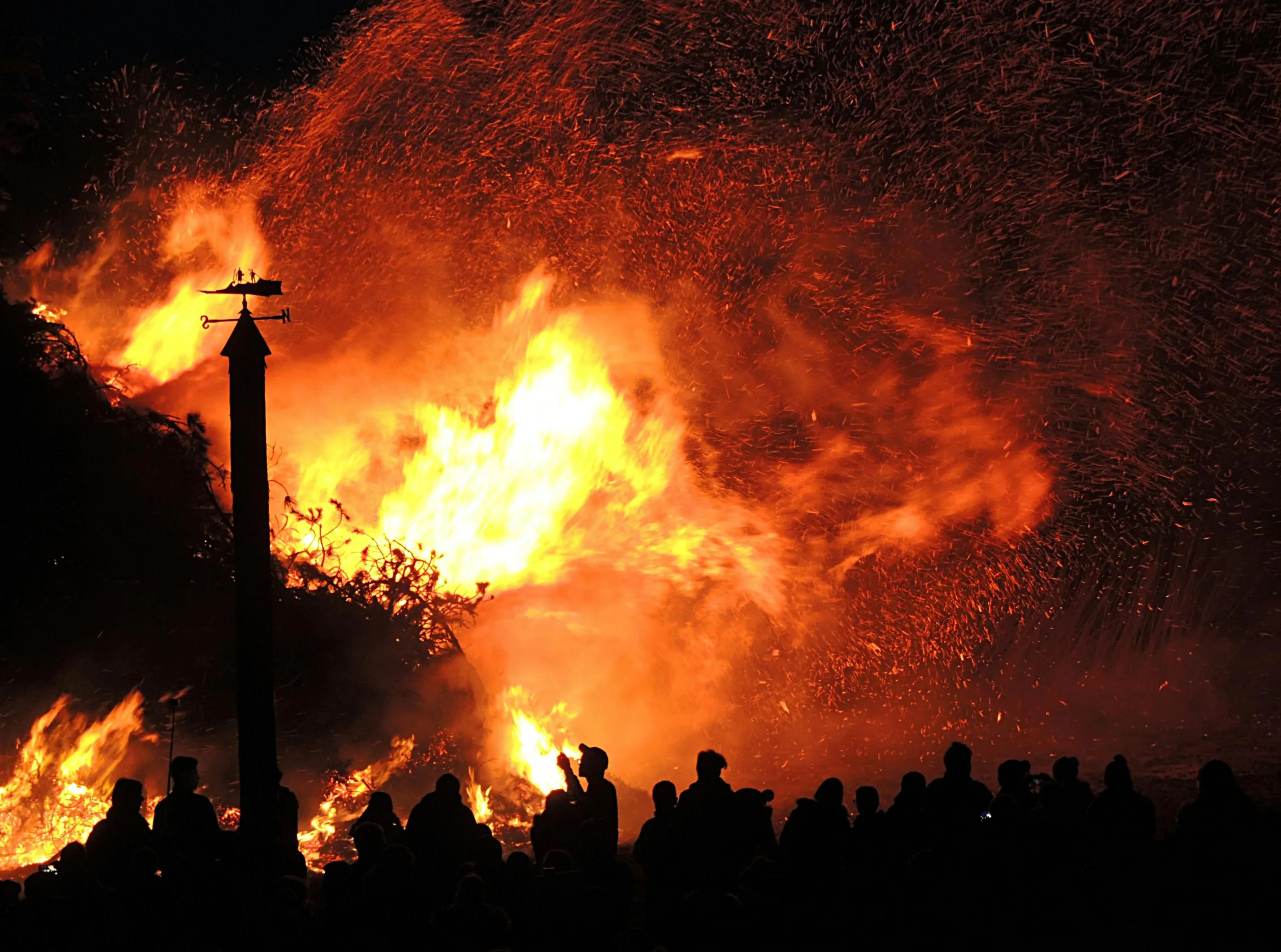Table of Contents:
- Introduction
- Gov. Abbott’s Disaster Declaration
- Impact on Pantex Nuclear Weapons Plant
- Widespread Wildfire Activity
- Fire Dynamics and Geographic Spread
- Evacuations and Damages
- School Closures and Community Impact
- Federal Assistance and Presidential Attention
- Wildfires Live Updates
- Understanding Texas Wildfires
- Challenges Faced by Firefighters
- Conclusion
- FAQs
- Stay Informed
Introduction
In an unprecedented crisis, Texas is grappling with “devastating” wildfires that have wreaked havoc across the Texas Panhandle. Governor Greg Abbott declared a disaster for 60 counties, urging Texans to brace for challenging times.
Gov. Abbott’s Disaster Declaration
Governor Abbott’s swift disaster declaration for dozens of counties underscores the severity of the situation. This move ensures the rapid deployment of resources to combat the wildfires, particularly affecting the Texas Panhandle.
Impact on Pantex Nuclear Weapons Plant
The gravity of the situation led to the partial evacuation of the Pantex Nuclear Weapons Plant in Amarillo. While nonessential personnel have been evacuated, authorities reassure that all special materials are secure.
Widespread Wildfire Activity
The Smokehouse Creek Fire, now the second-largest wildfire in Texas history, has triggered widespread concern. The Texas A&M Forest Service reports “extreme fire behavior” with wind gusts reaching 60 mph, contributing to the fire’s alarming spread.
Fire Dynamics and Geographic Spread
Under warm, dry, and windy conditions, multiple large wildfires erupted across the Texas Panhandle. The Smokehouse Creek Fire, covering an estimated 850,000 acres, has even crossed into northwestern Oklahoma, impacting highways and necessitating hospital and nursing home evacuations.
Evacuations and Damages
Mandatory evacuations were issued for several towns, and Fritch, located in Hutchinson and Moore counties, witnessed damage to over 40 houses. The Windy Deuce Fire, 25% contained but still active, has burned 90,000 acres, further intensifying the crisis.
School Closures and Community Impact
The wildfires have disrupted normalcy, prompting the closure of several school districts. Evacuations in the Amarillo region have been both imposed and lifted, underscoring the dynamic and unpredictable nature of the crisis.
Federal Assistance and Presidential Attention
President Joe Biden and the White House are closely monitoring the situation. Federal agencies, including FEMA, U.S. Forest Service, and the National Interagency Fire Center, are actively providing assistance. Urging vigilance, press secretary Karine Jean-Pierre emphasized the importance of heeding local officials’ warnings.
Wildfires Live Updates
The Smokehouse Creek Fire’s staggering growth to 850,000 acres makes it the second-largest fire in Texas history. The shutdown and evacuation of the Pantex facility out of an “abundance of caution” underscore the severity of the crisis.
Understanding Texas Wildfires
Unseasonably high temperatures, dry grass, and strong winds have fueled the wildfires. The Texas A&M Forest Service cites a “southern plains wildfire outbreak” characterized by rapid fire growth due to climatic conditions, posing unique challenges for firefighting efforts.
Challenges Faced by Firefighters
Battling the wildfires has proven arduous, with super high winds and rapid fire spread hampering containment efforts. The Southern Plains region’s unique conditions create a perfect storm for expansive and fast-moving fires, further complicating firefighting endeavors.
Conclusion
As Texas faces this unprecedented wildfire crisis, communities grapple with evacuations, property damage, and disruptions. The collective response, from local authorities to federal agencies, reflects the severity of the situation.
FAQs
Q1: How many counties are under the disaster declaration? A1: Governor Abbott declared a disaster for 60 counties.
Q2: What is the status of the Smokehouse Creek Fire? A2: The fire covers an estimated 850,000 acres, with 3% containment.
Q3: How are federal agencies assisting? A3: FEMA, U.S. Forest Service, and the National Interagency Fire Center are providing active assistance.
Q4: What led to the rapid fire growth? A4: Unseasonably high temperatures, dry conditions, and strong winds contributed to the rapid expansion of wildfires.
Stay Informed
To stay updated, follow the FLAG PULSE channel on:
Telegram: FLAG PULSE on Telegram
WhatsApp: FLAG PULSE on WhatsApp
Unveiling the Samsung’s Galaxy Ring: Honor’s Ambitious Move to Compete
